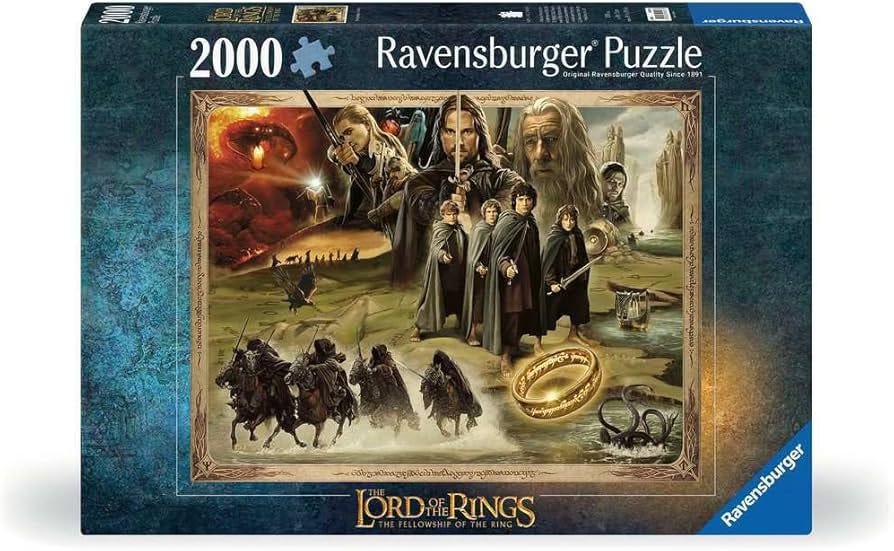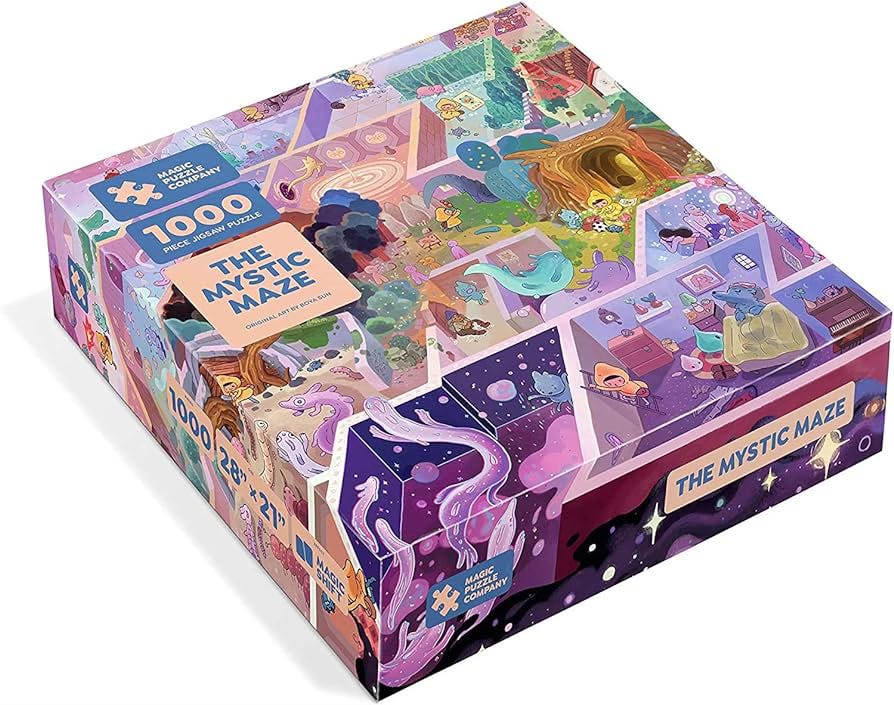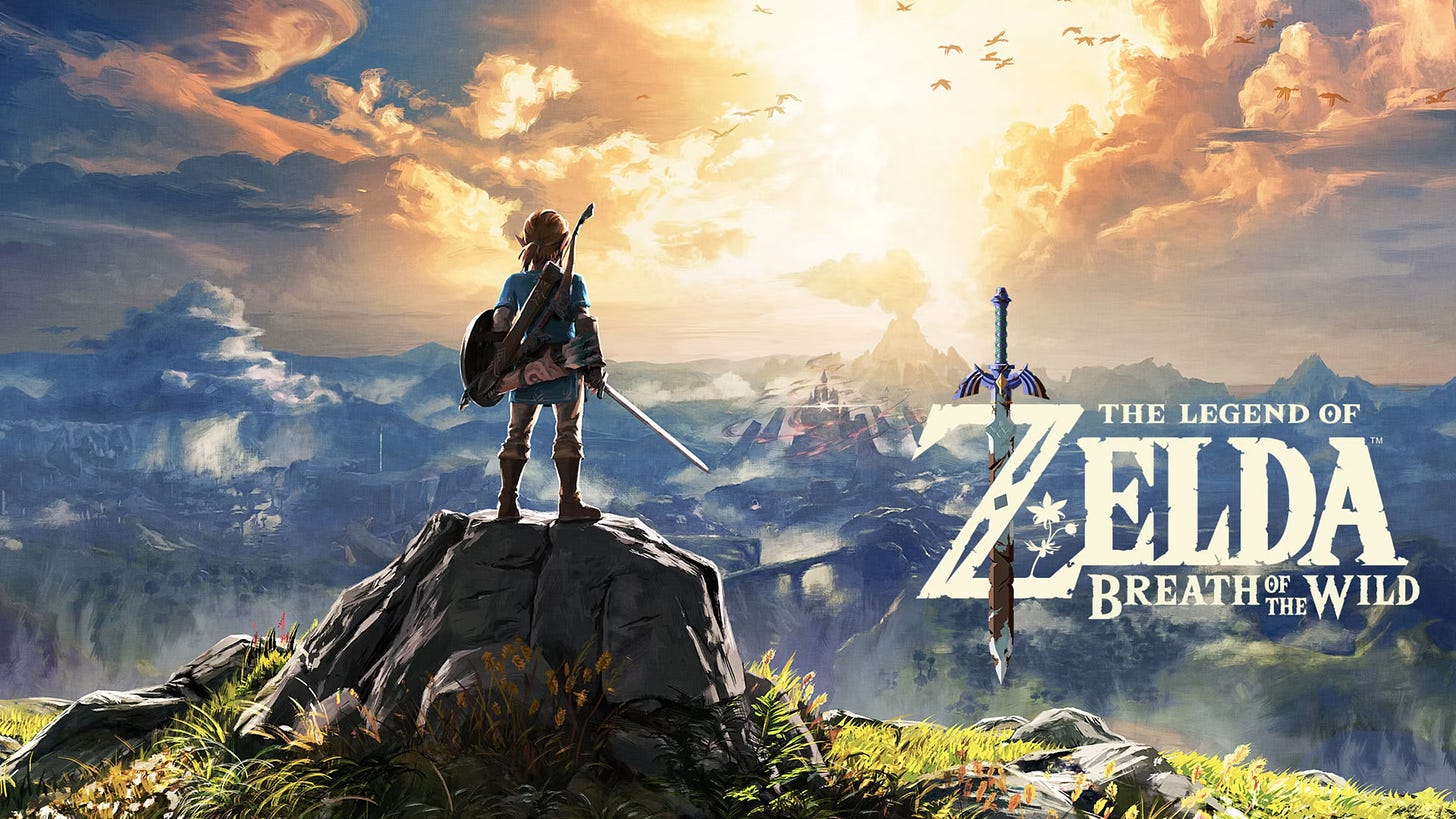Song of the Week: “Numb Little Bug,” by Em Beihold - “So I got these quick repairs to cope”
Last week, for the first time since I began this project, there was no Syllabus, because I was recovering from dental surgery. I had a frenectomy: the removal of the small band of tissue connecting my lower lip to my gums, in order to prevent gum recession.
Despite this being billed as a minor procedure, it has made the last week of my life miserable.
Due to the lidocaine shot I received to numb my mouth, and the dentist’s repeated gleeful references to seeing my exposed bone during the surgery, I had a panic attack mid-procedure, and ended up a sobbing, shaken mess afterwards.1
For the next five days or so, I couldn’t laugh, smile, or eat properly. I had constant migraines from the tension in my face and neck. I was taking antibiotics to fight infection and prescription painkillers to keep the soreness at a manageable level.
And then, on Tuesday morning, just when I thought I was getting back to normal, I woke up covered from the neck down in hives. At first I thought I was having a weird reaction to touching the rough, barbed leaves of my zucchini plants without gloves, but as the rash persisted and spread throughout the week I began to suspect I was having a bad reaction to the antibiotic amoxicillin.2
After taking two sick days, visiting a walk-in-clinic, getting a prescription for steroids, finishing my round of antibiotics last night, and routinely slathering my body in calamine lotion, I am cautiously optimistic that things are starting to get better.
Still, it has been almost impossible to concentrate on anything outside of my body. I feel alienated, betrayed, claustrophobic. Several times in the last week I have wished that I could unzip my skin like a suit and hang it in the closet to recover until it’s back to normal.
It was important to me that I write an issue of Syllabus this week - it has become, in many ways, the way I process my thoughts and experiences - but every time I sat down and tried to think seriously about a topic, my mind was immediately dragged back to my pain, and then later, to the fiery itching consuming my skin.
Perhaps later, once I have a little distance from the situation, I will be able to provide you with a deep dive into the Olympics, or an interesting history of diagnostic medicine, or even a poetic rumination on suffering and embodiment.
Right now, however, the best I can manage is distraction.
In his episode of The Anthropocene Reviewed about the classic video game Tetris, John Green talks about the essential role that Tetris occupies in distracting him from his chronic depression.
Tetris was the first great distraction of my life, and I don’t mean that as an insult. I don’t know if I’m alone in this regard, but I have this omnipresent pain inside me, a constant and gnawing pain that I’m always trying to distract myself from feeling…Of course, such pain must be confronted and dealt with, carefully considered and battled against. There are times for deep engagement with the overwhelming questions. But there are also times for pure and magnificently empty distraction.
I don’t know what your week has been like - whether you’re dealing with surgery or chronic illness or postpartum recovery; overwhelmed by work stress or a recent move or parenting; anxious about the state of the world. There will be other weeks where I may be able to offer some deeper insight.
But for now, here are five wonderful distractions that have helped me survive this week, and other weeks like it in the past.
Make Some Noise
When I was a camp counselor at Camp Frenda, we used to finish the week with a show for the campers called “Frantic Frenda Frenzy.” The first half of the show was a participatory “minute to win it” style competition, and the second half featured staff members doing a series of improv games for our very appreciative audience.
At the end of the summer, I came home talking about how brilliant and creative and unique these games we played were, and how much I would miss them, and then - of course - my dad introduced me to the classic improv show Whose Line Is It Anyway?3
Make Some Noise (2022-present) is a spin-off of a different online show, Game Changer, both from the online streaming service Dropout.4
It is, essentially, Whose Line is It Anyway? for a new generation, with high-definition video, a more diverse cast, and updated prompts. It’s also extremely, extremely funny.
My favorite cast member is Brennan Lee Mulligan, who does a lot of scenes referencing science fiction and fantasy - like this skit, imagining HBO’s “Game of Rock-Paper-Scissors.”
Best of all, several episodes of Make Some Noise are available for free on YouTube, and a Dropout subscription is only $5 a month, so I’ve been watching two or three episodes a night to avoid thinking about the itching.
The Adventure Zone
I started playing Dungeons and Dragons seriously near the beginning of my PhD, and quickly realized that there were aspects of the game that bored me to tears (rule-checking and extensive math) and aspects of it that I loved (improv-driven collaborative narrative building).
There are many, many different Dungeons and Dragons podcasts out there, for people of all different tastes.5 My favorite of them, The Adventure Zone, works just as well - possibly better - if you don’t understand the rules of D&D.
In the original The Adventure Zone: Balance podcast saga, the three McElroy brothers (Justin, Travis, and Griffin) of comedy podcast My Brother, My Brother, and Me fame team up with their father Clint to play D&D together.
What starts as a very silly, casual, and gleefully irreverent short campaign gradually transforms into a complex, multi-layered, and entirely unique story that spans continents, timelines, and even realities.6 From NPCs (non-playable characters) named “Barry Bluejeans” and goofy spell contests to genuinely moving conversations about meaning in the face of mortality, The Adventure Zone has it all.
No doubt this is why I keep coming back to it: while studying for comprehensive exams, while going for long walks during the pandemic, while navigating a cross-continent move, and while working on a puzzle the last couple of weeks.
Jigsaw Puzzles
I could write a whole Syllabus just about jigsaw puzzles: how they were invented by John Spilsbury in 1760 to teach his students geography, how they became enormously popular during the Great Depression as a cheap and long lasting form of entertainment, how today the participants at the World Jigsaw Puzzle Championships complete 1,000 piece jigsaw puzzles in an hour.
But I just don’t take puzzles that seriously. To me, they have merely been something to do when I just need something to pass the time.
Once, a week into the pandemic, Taylor and I put together an entire 1,000 piece puzzle in one sitting, staying up till 4 am listening to the podcast Reply All and slotting pieces into place until our eyes watered and our necks ached.
This Christmas, my parents gifted us the best puzzle I’ve ever done: “The Mystic Maze” from the Magic Puzzle Company. In addition to the colorful art and playful Easter eggs found throughout, Magic Puzzle Company puzzles come with a plot twist! I won’t spoil it for you.
In the last month, however, my puzzle of choice has been this enormous Ravensburger Fellowship of the Ring puzzle that I borrowed from my brother and sister-in-law.7

I dragged the dining room table into the office (so I could keep it safe from my curious cat) and have spent hours sitting in the air conditioning, with my friend Elisabetta or alone with a podcast, looking for pieces of Legolas’s bow or the Argonath or the One Ring.
I’m not even close to being finished yet. Thank goodness.
Olympic Village TikTok
I first downloaded TikTok in summer 2021, at the same time that the Tokyo 2020 Olympics were finally taking place. One of the first accounts I followed was Ilona Maher, the American rugby sevens player who talked about healthy body image and rugby along with showing off the cardboard beds, Covid precautions, and camaraderie of Olympic athletes.
This year, to my delight, Olympic TikTok is back and better than ever. Yes, of course, I’ve been seeing videos of actual athletic events and incredible feats of human prowess over the last couple of weeks, but my TikTok feed has also been filled with more ordinary delights: everyone listening in awe as Fijian players sing together, pin trading with legendary gymnast Simone Biles, try-on videos for different countries’ uniforms, and Norwegian swimmer Henrik Christiansen, who went viral for his obsession with the cafeteria’s chocolate muffins.
Olympians, of course, are elite athletes who make enormous sacrifices and train for countless hours to accomplish things most of us could only dream of. Most of them, however, are also people in their teens and twenties, and watching them jump on their beds, fangirl over being in Paris, and make friends with each other makes it feel like the Olympic Village is, as one commenter called it, “the world’s coolest summer camp.”
The Legend of Zelda: Breath of the Wild
I first played Nintendo’s epic open-world adventure game in the summer of 2018, deep in the trenches of my PhD coursework. I was living with a roommate, Elyse, who was studying video games for her PhD, and one day she brought home a second-hand Nintendo Switch along with The Legend of Zelda: Breath of the Wild.
While Breath of the Wild features characters and settings from previous Zelda games, having played those ahead of time is unnecessary; to this day, I still haven’t played more than twenty minutes of any of the previous games. Rather, Breath of the Wild begins with a blank slate in an open world: the protagonist, Link, wakes up half-naked, alone, and suffering from amnesia after magically sleeping for a hundred years. With no knowledge of who he is, and very few skills or weapons, Link - and by extension, the player - must regain Link’s skills as a warrior and discover what happened to him and the post-apocalyptic world around him.
After a few mornings spent watching Elyse harvest mushrooms, fly across mountains on a hang glider, and explore shrines, my roommate offered to let me give the game a try.
I had never owned a video game console before, and was wildly out of my depth: for the first few hours, I spent more time falling off cliffs and dying in increasingly stupid ways than I did having fun. I got the hang of things, though, and for the rest of the blazing hot Colorado summer I crept downstairs to the air-conditioned basement most mornings before Elyse woke up to explore the seemingly endless world of Hyrule. I probably logged eighty or ninety hours of exploration, battling monsters, and puzzle solving before I finally finished the game, and I still felt like I hadn’t seen everything.
In early 2020, now living in my own apartment, I happened to see a cheap Nintendo Switch and Breath of the Wild bundle on eBay, and I snatched it up. Little did I know that, a couple of weeks later, the Covid-19 pandemic would hit and there would be a worldwide rush on game consoles.
Faced with claustrophobia, boredom, and a series of horrors outside the doors of our small apartment, I spent dozens of hours that spring playing through Breath of the Wild again. When the world’s problems felt insurmountable, the puzzles gave me something I could solve. When my daily life felt so small, I escaped through swimming up waterfalls, sleeping by campfires in mountain caves, and riding a horse across a field sparkling with dew as the sun rose.
Right now I am in the middle of reading Tomorrow and Tomorrow and Tomorrow, Gabrielle Zevin’s novel of video games and friendship. Its protagonists, Sam and Sadie, first meet at a children’s hospital: Sam is recovering from a traumatic car accident, and Sadie is visiting her sister who is receiving treatment for leukemia. The two children bond over Super Mario Bros., and later, go on to collaborate on far more complicated, philosophical games.
“Sometimes, I would be in so much pain,” Sam recalls years later. “The only thing that kept me from wanting to die was the fact that I could leave my body and be in a body that worked perfectly for a while - better than perfectly, actually - with a set of problems that were not my own…I could save the princess, even when I could barely get out of bed” (70-71).
There will be plenty of time ahead, in Syllabus and in life, for introspection and debate and philosophy. But right now, I am tired, and I am itchy, and I think I might just spend a couple more hours in Hyrule this afternoon.
When it comes to distractions, what should I add to my syllabus?
I want to hear from you, whether it’s in the comments on this post or in emails to me directly at roschmansyllabus@substack.com!
The dentist repeatedly described this as a “easy fifteen minute procedure” and reassured me that I didn’t need to do anything for prep or recovery. I am extremely grateful that I still arranged for my friend Jillian to pick me up afterwards, and that she was there to comfort and take care of me in the hours immediately following.
Though I’ve taken it before without problems, so who knows. Bodies are weird.
If you have somehow not encountered Whose Line Is It Anyway?, which ran on ABC Family from 1998 to 2007, it is absolutely worth watching, though some of the humor is understandably dated. My first episode was the one guest-starring Robin Williams, and yours probably should be too.
Dropout was created by several people who originally worked at CollegeHumor as a platform for M-rated, unscripted video content. The CEO of Dropout and host of Make Some Noise is Sam Reich, the son of famed progressive politician Robert Reich
Brennan Lee Mulligan also has a long-running D&D video podcast, Dimension Twenty, which is hosted on Dropout. I haven’t watched it yet, but I know I will soon.
Despite the animation in this trailer, The Adventure Zone is an entirely audio-based show, though it is also being slowly adapted into a series of graphic novels.
As is so often the case, an extremely busy and borderline awful piece of graphic design makes for an extremely pleasant puzzle experience.







So sorry you had to go through agony this past week, but loved distraction!